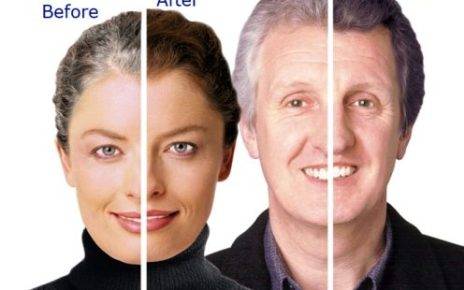Social Anhedonia is a term that encompasses a diminished enthusiasm for activities that an individual previously found enjoyable, coupled with a notable decrease in the capacity to experience a pleasure. It is a fundamental symptom of major depressive disorder, although it can also manifest as a symptom of various other mental health conditions.
Researchers are still discussing whether anhedonia can be divided into two main types, but some studies suggest that it can be categorized as physical anhedonia and social anhedonia.
Social anhedonia means having less interest in being with others and not enjoying social activities. Physical anhedonia refers to not being able to feel pleasure from physical experiences like eating, touching, or sexual activities.
Causes Of Social Anhedonia
Anhedonia is a key symptom of depression and schizophrenia, but it can also affect individuals with chronic pain and Parkinson’s disease.
Moreover, substance misuse, such as regular use of illegal drugs, can cause anhedonia.
It is important to note that anhedonia is distinct from social anxiety. Social anxiety involves avoiding social situations due to a fear of adverse outcomes. In contrast, individuals experiencing anhedonia avoid social situations because they perceive no reward or purpose in participating.
Social Anhedonia Examples
- You used to enjoy playing soccer in the evenings and being part of a team, but now you lack the desire to play or engage with your teammates.
- Cooking was a beloved hobby, but now you have lost interest in it. Sometimes, you even have to remind constantly to eat.
- Going out with friends no longer brings you excitement or joy.
- You feel emotionally detached or distant from your partner. Also your sex drive has significantly decreased.
- Activities that once brought you happiness, like attending live music events, no longer elicit positive feelings.
While anhedonia can indicate a severe mental health condition, avoiding self-diagnosis is essential. If you suspect you may be experiencing anhedonia, contact a mental health professional or a doctor as soon as possible.
Social Anhedonia Diagnosis
Your doctor will inquire about your symptoms and overall emotional state during a medical evaluation. They may also inquire about your substance use history, including using illegal drugs.
To assess your condition, your doctor might conduct a physical examination to identify any underlying physical issues.
Moreover, your doctor may recommend a blood test to check for potential factors contributing to depressive symptoms, such as a deficiency in certain vitamins (like vitamin D) or thyroid problems.
Treatment
Treating anhedonia can be a complex task. Often, the initial approach involves addressing the underlying mental health issue, such as depression, which is likely contributing to this symptom.
Seeking assistance from a healthcare professional should be your first step towards treatment. It is advisable to consult a primary care professional initially to rule out any medical causes for your symptoms. If no medical issues are identified, they may suggest a referral to a psychiatrist, psychologist, or another mental health specialist.
A primary care professional can provide recommendations for therapists, or you can seek assistance from your insurance company to find a suitable therapist.
Medications and therapy
Your treatment plan may involve talk therapy combined with prescribed medications like antidepressants. Depending on your specific situation, your doctor may suggest other medications. They will work with you to develop a personalized treatment plan.
It is important to take your medication as instructed and inform your doctor about any side effects you experience. Doctors may have to adjust the dosage or change the medication if necessary.
It’s worth noting that these medications can have varying effects on individuals. What works for you might not have the same effect on someone else with similar symptoms.
ECT therapy
In certain situations, electroconvulsive therapy (ECT) may be considered as an alternative treatment. ECT is highly effective for severe depression and are not responded to therapy or medication. Doctors suggest it should be considered earlier, particularly for individuals with uncomplicated depression.
During ECT, electrodes are placed on the head, and a controlled electric current is applied while the person is under general anaesthesia. This process induces a small brain seizure.
VNS
Another treatment option (VNS). In this procedure, a medical device like a pacemaker is implanted in your chest by your doctor. The wires from this device deliver regular electrical impulses to stimulate your brain. Like TMS and ECT, VNS can treat individuals with depression for people who did not see positive responses with other treatments.
Conclusion
In conclusion, anhedonia, characterized by a reduced interest in activities and decreased ability to experience pleasure, can be a core sign of depressive disorder and other mental health disorders. It can also occur in individuals dealing with chronic pain or Parkinson’s disease and those facing substance misuse. Seeking professional help is crucial for accurate diagnosis and effective treatment.
Treatment options may include talk therapy, medication, electroconvulsive therapy (ECT), or vagus nerve stimulation (VNS), depending on the severity and underlying causes of anhedonia. Remember, each person’s experience and response to treatment may vary, emphasizing the importance of personalized care and open communication with healthcare providers.
Discover more from Thenewsdoor
Subscribe to get the latest posts sent to your email.




